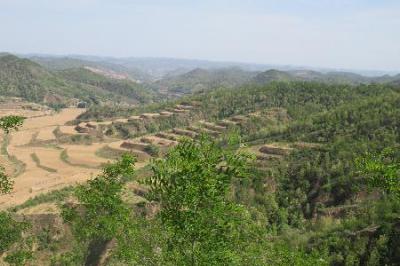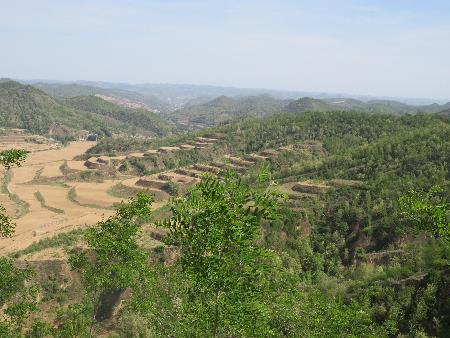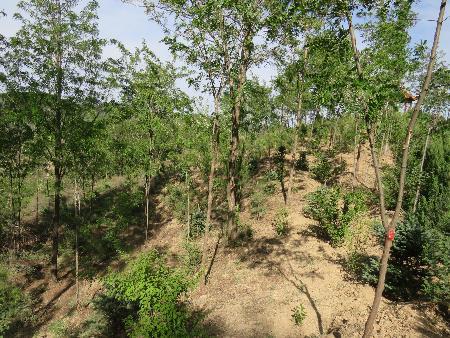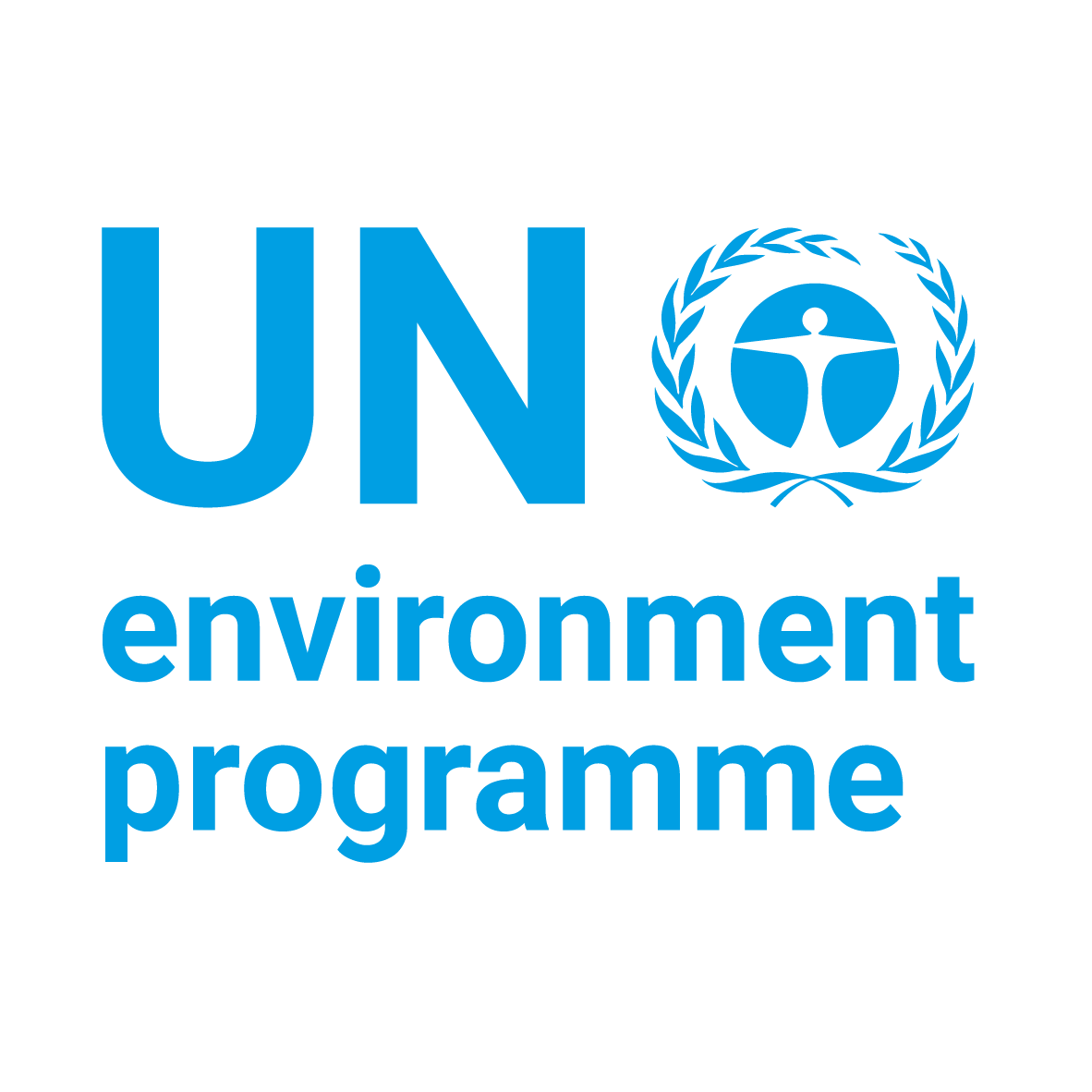
The EbA South project achieved considerable engagement between EbA practitioners, government officials and scientists from China, Nepal, Seychelles and Mauritania. Data, findings, ideas and experiences from a wide range of ecosystems were shared during field trips and workshops in all four countries. However, in retrospect, the flow of knowledge and learning could have been even better if two extra budget items had been funded.
Firstly, communication was often greatly constrained by language barriers. Although English was used as the medium of collaboration, it was not the native language of most participants in the project. The hiring of professional scientific interpreters on field trips and in workshops would have increased the benefits of the collaboration.
Secondly, knowledge exchange in a workshop setting is a relatively short-lived experience unless personal relationships and professional collaborations are initiated at the workshops. The language barrier also constrained collaboration after workshops. E-mails were on occasion exchanged between participants, but only a few relationships developed between scientists that led to long-term research[1]. In hindsight, long-term research collaborations within the EbA South project could have been fostered more effectively by funding research outputs, such as peer-reviewed publications generated by collaborative work between CAS scientists, the CTA team, government officials and national university academics. In this way, the project could have facilitated the relationship building between different stakeholders that is necessary for the in-depth and long-term research that is required for EbA. A jointly authored peer-reviewed publication would have increased the likelihood that communication between the scientists continued through emails and Skype calls in-between the face-to-face workshop meetings. Importantly, professional interpreters would in some cases need to play a role to facilitate such communication.
The experience of the EbA South project also showed that a balance needs to be struck between allowing scientists to research topics on EbA that they are particularly interested in versus funding research on EbA that is important for society at large. The approach of the project was to give the scientists a lot of leeway with regards to which research topics were explored and what peer-reviewed publications were produced. This was arguably an appropriate approach for a project with a relatively limited research budget of ~$40,000 per country over five years. With a budget of this size, it’s critical to have the research scientists personally motivated to investigate particular subjects and to encourage their students to invest considerable time into research. If the topics of research had not been directly in their field of interest, the quality of the research would probably have been reduced. However, for research projects with larger budgets, it would be appropriate for the project management team to steer the research more directly, and potentially sub-contract external researchers[2]with the appropriate skillsets. For example, in Mauritania there was research undertaken on the fungal species present in the soils of restored versus degraded landscapes. Whilst this topic is relevant to EbA and contributes to the knowledge base on how to restore Mauritanian drylands, there were additional critical research topics that were identified by the project management team as important for the project but because of funding constraints were not addressed in an in-depth manner by the project. Such research topics, covering the fields of ecology, social science, economics and technology, included for example: the rate of production of NTFPs from the tree species planted by the project; appropriate financial mechanisms for upscaling the EbA given the social and economic forces within the project sites; and technologies available for quantifying the ecosystem goods and services within the EbA intervention sites.
[1]For example, a soil analysis laboratory was funded by the Chinese Academy of Sciences in Tribhuvan University in Nepal.
[2]i.e. who work in universities or research institutions not directly connected with the project









